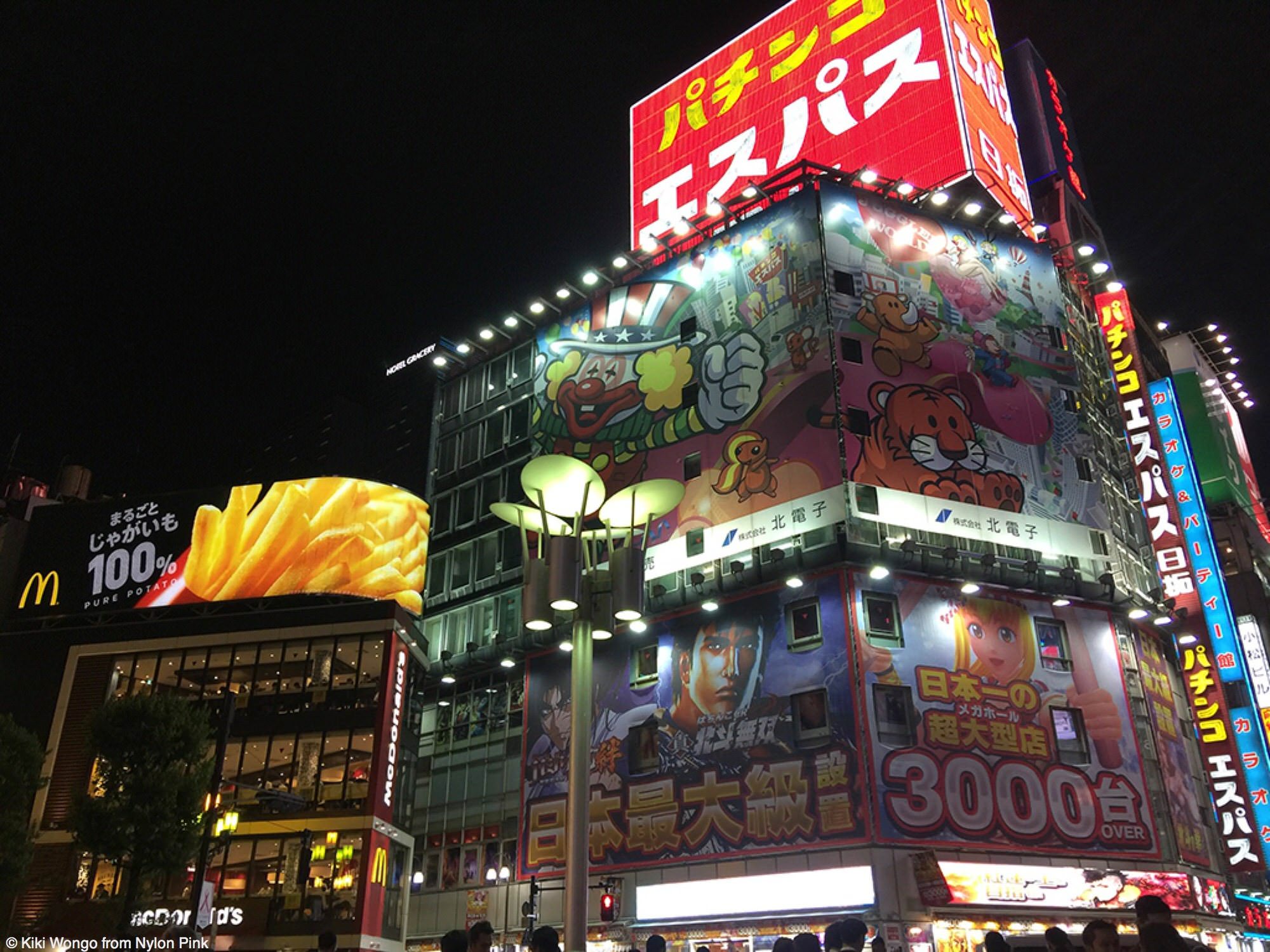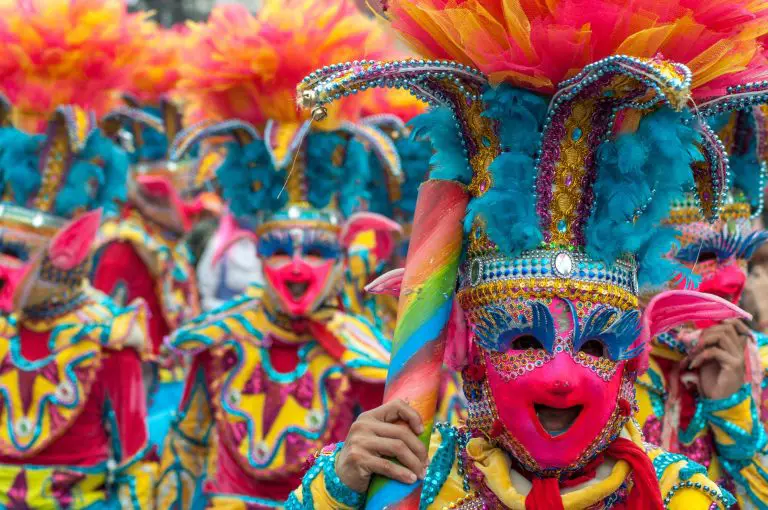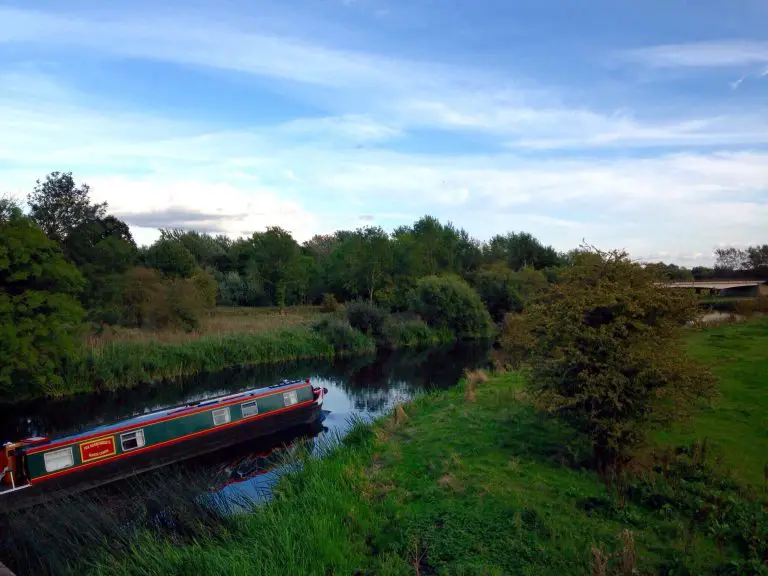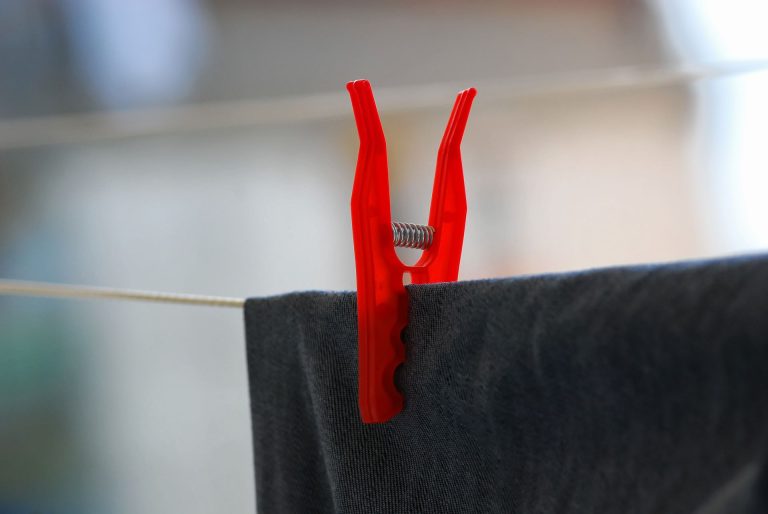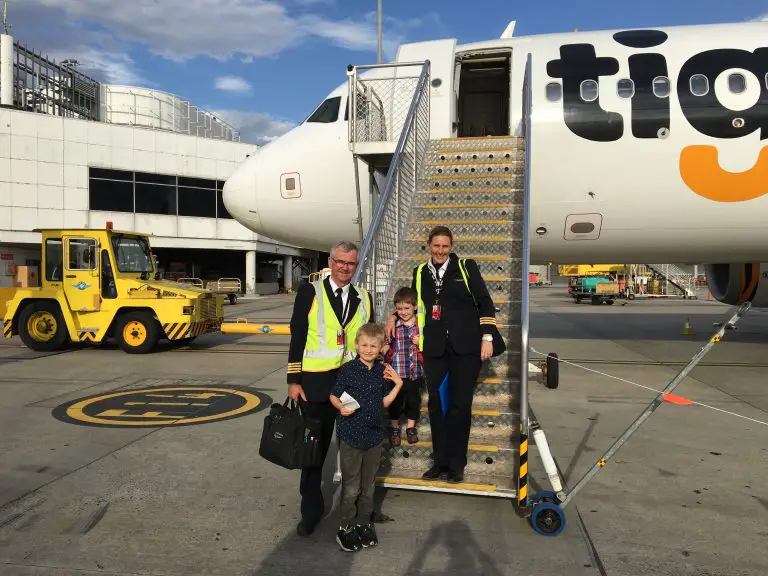What to do in Tokyo
Tokyo, the capital of Japan, is one of the world’s most populous metropolitan cities and has been ranked as the 11th most expensive city in the world for expatriates.
Formerly known as Edo, Tokyo is an urban city with an impressive skyline as well as museums, restaurants, theatres and clubs of international standards that, all taken together, make it a major tourism hub.
One of the best times to visit Tokyo is during the fall season when autumn colours illuminate the city’s parks, and the restaurants serve delicious seasonal foods. My favorite time to visit is from late March to early April, during the spring season when the weather is nearly perfect.
Getting there
Being a large city with a bustling population of 13 million people, getting into and around Tokyo can be a bit of a hassle, especially if you’re visiting for the first time. Thanks to their efficient transport systems, you can find your way into the city by choosing any of the following traveling options:

By plane:
There are two large airports in Tokyo: Haneda and Narita. Haneda is mostly for domestic flights, and Narita for international flights.
At Narita, there are limousine buses that can take you directly to major hotels in the city within two hours. Fares charged are usually based on distance covered.
Leaving the airport by train is faster and cheaper, and you will arrive at your destination within 45 to 55 minutes for a lesser fare. Taking a taxi from the airport to your hotel is more expensive as the fares are charged at a flat rate even if your destination is not far.
Similar options are available at Haneda, which is considered the busiest airport in Asia even though it operates mostly domestic flights. Most of the flights here depart and land during late hours. However, there are free shuttle buses that operate between the hours of 5am and midnight. They connect both the domestic and international terminals.
By train:
Tokyo is considered the headquarters of railways in all of Japan. There are designated trains that travel to different routes in the city. The Hayate and Hayabusa trains provide the fastest services for connecting you to the northern route, while Hikari and Nozomi supply the western routes. Fares are also charged based on distance.
By bus:
Though bus service is cheaper in Tokyo, the train is somewhat more convenient. Many of the long-distance buses make use of different terminals all over the city. The highway buses usually connect commuters from Tokyo to resort areas and other cities.
By car:
Driving into Tokyo is not recommended because the city can be very congested. Street signs can also be a bit confusing and parking is very expensive.
By boat:
Tokyo has one of the best ports in the world, as well as domestic ferry services that travel to other parts of Japan. International ferry services into Japan do not stop at Tokyo. Some of the ferry services like the Ocean Tokyu Ferry, have first class and second class options for passengers from Tokyo to Kitakyushu or Tokushima.
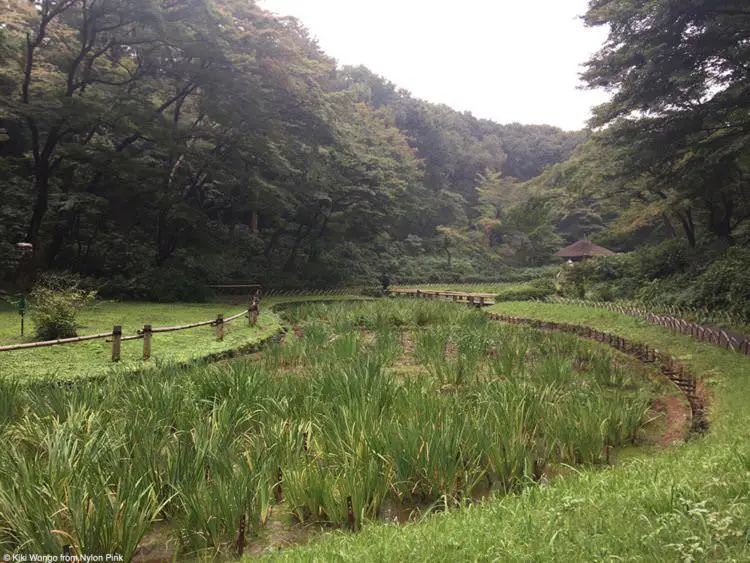
Attractions
There are many jaw-dropping and impressive sights to see in Tokyo, like the gardens of the Imperial Palace, the Edo-Tokyo museum, the Meiji Shrine, the Tsukiji market, etc. Below is a list of some of the interesting places you should check out when you visit Tokyo:
Edo-Tokyo Museum
Housed in an intricately constructed building, this history museum displays Tokyo’s amazing transformation from a feudal city into a modern-day capital. There are tiny versions of real buildings, ukiyo-e (woodblock prints) and reproductions of old maps, all depicting the transition from one era to the other.
There are free traditional culture programs performed for tourists on Saturdays, and they feature acts like acrobatics, magic tricks and paper cutting.
Owl Cafe
Animal cafés are places where people who don’t own pets can go and hang out with animals. In Tokyo, the Owl Café houses about 20 owls of different sizes and species. For about an hour, visitors can pat the owls, take pictures with them or even hold them.
According to the owners of the café, the place offers a sort of healing relaxation for people and serves as an escape from their busy and sometimes stressful lives.
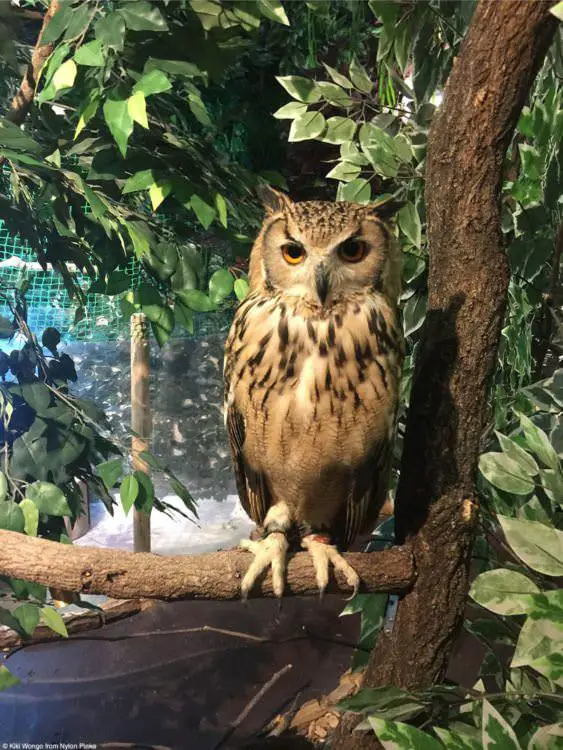
The Robot Ramen Restaurant
In Tokyo, nothing is impossible. That means you can walk into a restaurant and eat ramen noodles made by robots. The cooking process by the robots is fast and efficient and the food is served to guests by human waiters.
While cooking, the robots make comments like “Please give us a round of applause,” or “Everyone is looking at us!” The display always catches people’s attention and fascinates children.
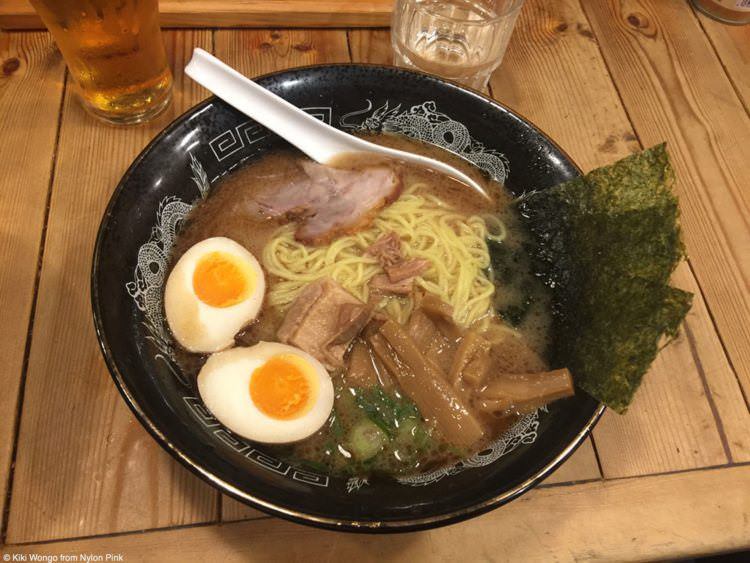
The Meiji Shrine Shibuya
This is the largest Shinto shrine in Tokyo and it is dedicated to the Emperor Meiji and Empress Shoken. It was built in 1920 but was destroyed during the World War Two air raids. It was then reconstructed in 1958.
The wooden gate at the entrance of the shrine was made from a 1,500-year-old Cyprus from Taiwan. The Meiji Shrine is open to visitors from 8am – 2pm every day.
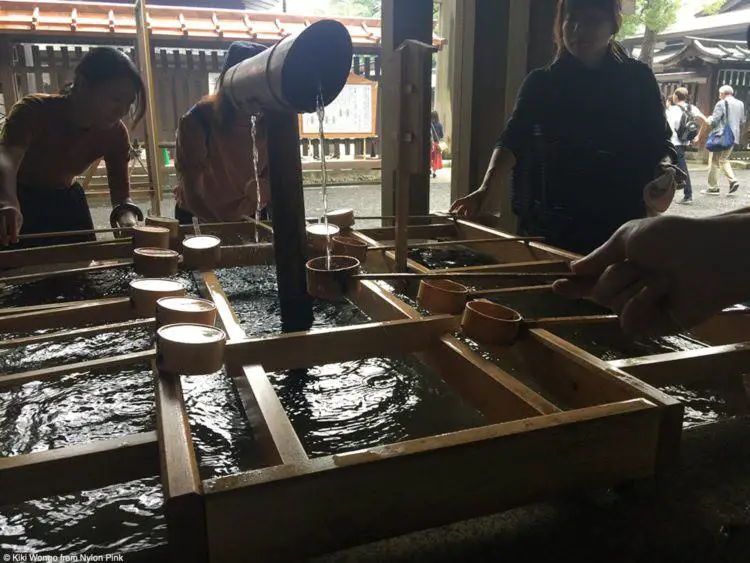
Tsukiji Market
About 2,000 tons of seafood is traded in this market daily. Meat, fruits, flowers and vegetables are also sold here, but the main attraction is bluefin tuna (maguro) which weighs up to 300kg. Visitors can watch as fish is auctioned — this popular activity starts from around 5:25am but viewers are expected to book ahead for an allotted place. There are restaurants, souvenir and food stalls within and outside the market that remain open until 2pm.
Go to Tokyo!
If what you’re looking for is a place with a blend of ancient aristocracy and upbeat urban lifestyle, then Tokyo is where you should go. With mouth-watering cuisine, beautiful landscapes and colorful festivals, this city should be at the top of your bucket list.
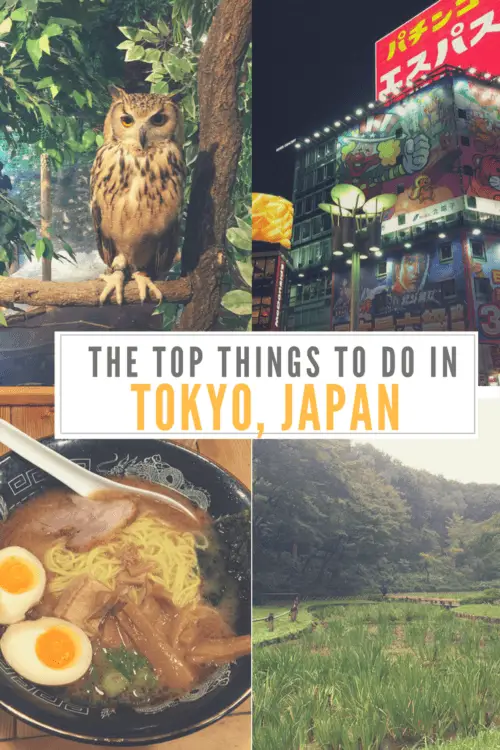
All photos shot by Kiki Wongo from Nylon Pink. Used with permission.

